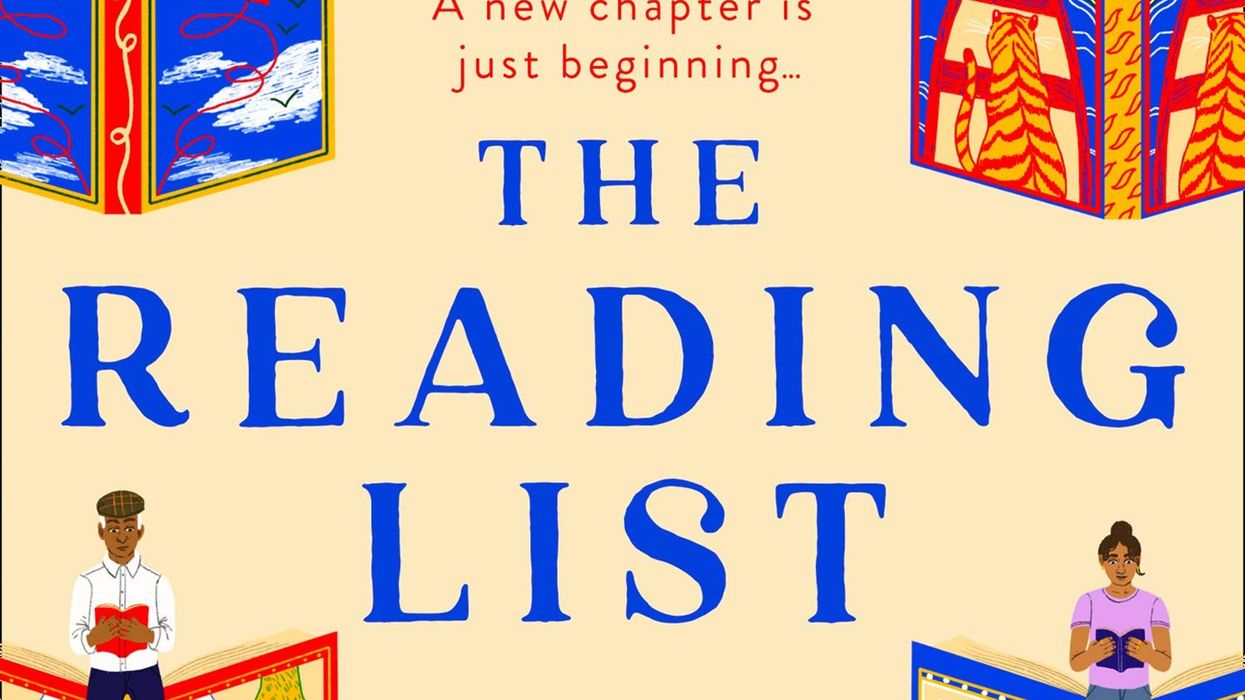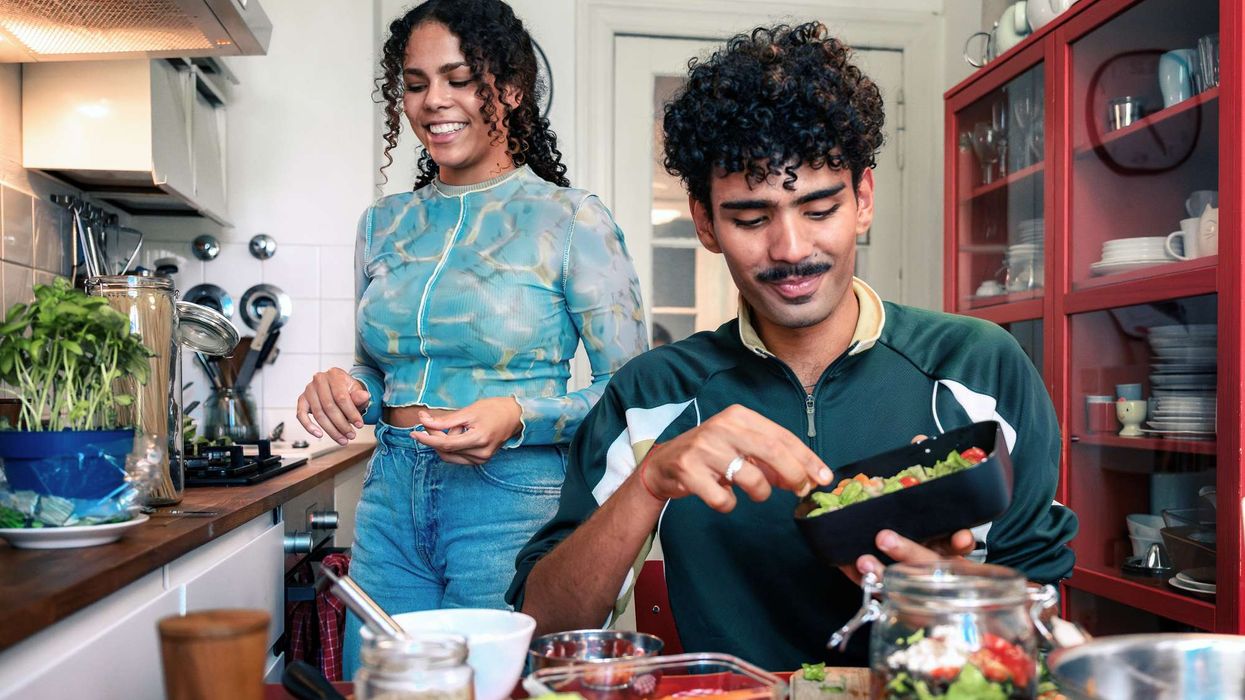EDITOR Sara Nisha Adams marks her debut as a novelist with her heart-warming book, The Reading List.
The fictional story is set in Wembley and we’re quickly introduced to widower Mukesh Patel. Mukesh is grieving the loss of his wife Naina who loved to spend time at their local library on Harrow Road. Mukesh befriends troubled teenager Aleisha at the library when he visits to return a book left by his late wife and is looking for a way to bond with his bookworm granddaughter Priya.
Aleisha comes from a troubled family and finds her solace working at the library. The pair form an unlikely friendship through a reading list that is left in a book by a stranger that Aleisha discovers. Their friendship helps them both through the difficulties they face throughout the story.
The subjects of loneliness, mental health and grief are skilfully and sensitively handled by Adams and many of the scenes pull at your heartstrings. We are given a deep insight into how Mukesh comes to terms with the loss of his wife and how moving on sometimes comes in the most unexpected ways with the help of the people around him. This book will particularly appeal to those who enjoy the fictional world of books and libraries. One of the standout features of the book is that it catapults you into the reading list itself and whether you have already read these classics or never heard of them, you learn something from each timeless story.
Whether it is Atticus in To Kill a Mockingbird or Pi in Life of Pi, the reader is educated on how we can be better people. If you’re looking for a relatable, heartfelt novel that you don't want to put down over the summer, this is the book for you. It is full of moments that will make you laugh, cry, gasp and want to hug Mukesh and Aleisha. The tale will touch your core and remind you to look after the elderly and vulnerable people in your life.






 Mareyah Bhatti , a sustainability strategist and passionate home cookMareyah Bhatti
Mareyah Bhatti , a sustainability strategist and passionate home cookMareyah Bhatti





